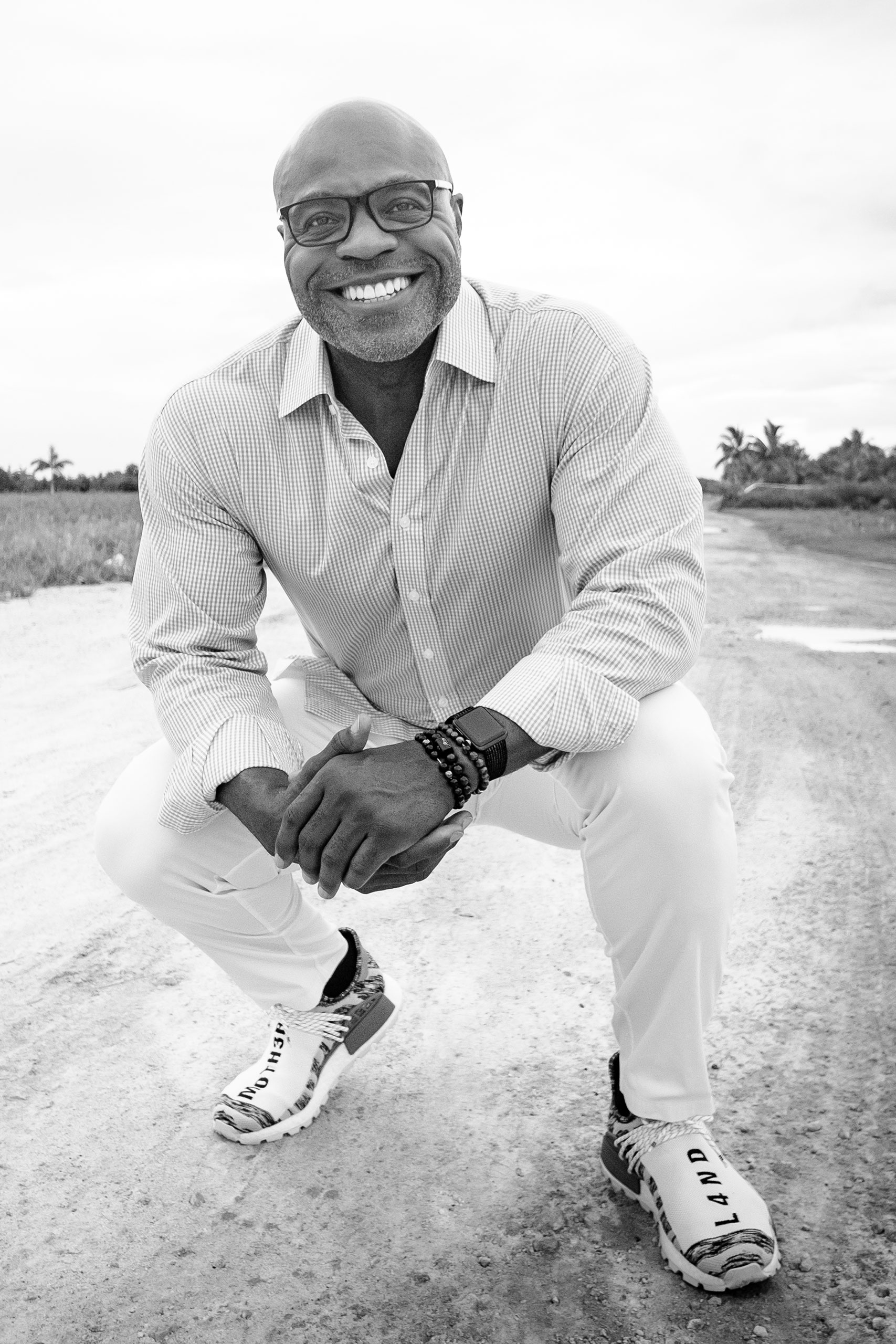Gear Up for Volleyball Season: Essential Injury Prevention
Tips for High School and College Players
Gear Up for Volleyball Season:
Essential Injury Prevention Tips for High School and College Players

As the high school and college volleyball season kicks into high gear, athletes must prioritize injury prevention to stay at the top of their game. With major tournaments like the USAV Beach National Championships in Ft. Lauderdale and the 2024 USA Volleyball Cup in California happening in July, athletes are pushing their limits on the court and in the sand. Whether you’re spiking on the court or diving in the sand, the intense demands of volleyball can increase the risk for injury.
At Tyrance Orthopedics & Sports Medicine (TOSM), we understand the importance of keeping athletes safe and performing their best. This blog explores common volleyball injuries, the impact of different playing surfaces, and offers specific tips to help you prevent injuries and maintain peak performance.
Common Volleyball Injuries
Some common injuries that can occur while playing competitive volleyball include ankle sprains, patellar tendinitis, ACL tears, rotator cuff tendinitis, and shoulder impingement as well as low back pain. These injuries could potentially happen during a spike approach, coming down from a block, diving for a ball, and/or serving. Having an agility, strengthening, stability, and mobility program geared towards patterns of repetitive volleyball movements, will greatly decrease the risk for injury. Practicing proper mechanics will help to ensure that the correct muscles will be firing in order to produce the most successful motion. Performing plyometric exercises to enhance explosive power and agility are as important as core stabilizing exercises. Consulting with a knowledgeable physical therapist and/or strength and conditioning coach can help in providing the best individualized program.
Impact of Playing Surface: Court vs. Beach
A playing surface can have a significant role on injury patterns for volleyball players. Different playing surfaces can result in more specific injury patterns when comparing a hard court surface to the softer uneven sand surface. Court volleyball typically results in a higher incidence of lower extremity injuries due to the impact of playing on a harder surface. A player’s ability to train in order to properly absorb the shock of the explosive movements required for indoor volleyball is crucial. Conversely, beach volleyball players may sustain more back injuries due to the softer sand surface, which requires greater core stability.
Court Volleyball:
- Injury Types: Ankle sprains, patellar tendinitis, and ACL tears.
- Prevention: Focus on lower extremity strength training and proper footwear.
Beach Volleyball:
- Injury Types: Back pain, shoulder overuse injuries.
- Prevention: Emphasize core stabilizing, strengthening, and mobility exercises.
Rest and Recovery
Allowing adequate rest and incorporating active recovery techniques are vital for preventing overuse injuries. Finding the best individualized balance between training to recovery, will exponentially increase your game.
Tips:
- Schedule rest days to give muscles time to recover.
- Monitor for signs of overtraining and adjust training intensity accordingly.
- Use active recovery methods, such as light stretching, yoga, and massage, to promote muscle relaxation and healing.
- Utilize cryotherapy and infrared saunas to reduce inflammation, improve blood circulation, and accelerate muscle recovery.
- For athletes in the Delray Beach FL area, Tyrance Orthopedics & Sports Medicine (TOSM) recommends the recovery services provided at AvastarCryo.
Conclusion
At Tyrance Orthopedics & Sports Medicine (TOSM), we believe that understanding the common injuries in volleyball and their causes are the first steps towards effective prevention. By adopting proper mechanics, having a sound strength and conditioning program, and planned recovery times, players can significantly reduce the risk for injury. Having a well planned training regimen along with a recovery system in place will allow players the ability to compete at a higher level. Whether you’re a court or beach volleyball player, prioritizing injury prevention will help you enjoy the game longer and perform at your best.
References
Brooke Hacker. Doctorate of Physical Therapy. NCAA DII National Volleyball Champion. Avastar Health: Marketing & Business Development. 2024.
Warren K. Young, William Briner, and David M. Dines. “Epidemiology of Common Injuries in the Volleyball Athlete.”
Studies and data on injury patterns in NCAA Division I volleyball and FIVB Injury Surveillance System reports.
Meet The Physician
Patrick Tyrance, Jr. MD
Patrick Tyrance, Jr. MD is a Harvard trained Orthopedic Surgeon and passionate holistic health advocate. Prior to becoming an Orthopedic Surgeon, he was a former All-Conference and Academic All-American linebacker at the University of Nebraska and drafted by the LA Rams before completing medical school and orthopedic surgery training at Harvard.
He is known as a compassionate physician and recognized for his surgical skill. In addition to his private medical practice, Dr. Tyrance serves as an advisor to a number of healthcare startups and evaluates patented technologies in medicine and healthcare for their commercialization potential.

REQUEST A CONSULTATION
Need help with an existing injury or ailment?
Meet The Physician
Patrick Tyrance, Jr. MD
Patrick Tyrance, Jr. MD is a Harvard trained Orthopedic Surgeon and passionate holistic health advocate. Prior to becoming an Orthopedic Surgeon, he was a former All-Conference and Academic All-American linebacker at the University of Nebraska and drafted by the LA Rams before completing medical school and orthopedic surgery training at Harvard.
He is known as a compassionate physician and recognized for his surgical skill. In addition to his private medical practice, Dr. Tyrance serves as an advisor to a number of healthcare startups and evaluates patented technologies in medicine and healthcare for their commercialization potential.
REQUEST A CONSULTATION
Need help with an existing injury or ailment?








Leave A Comment